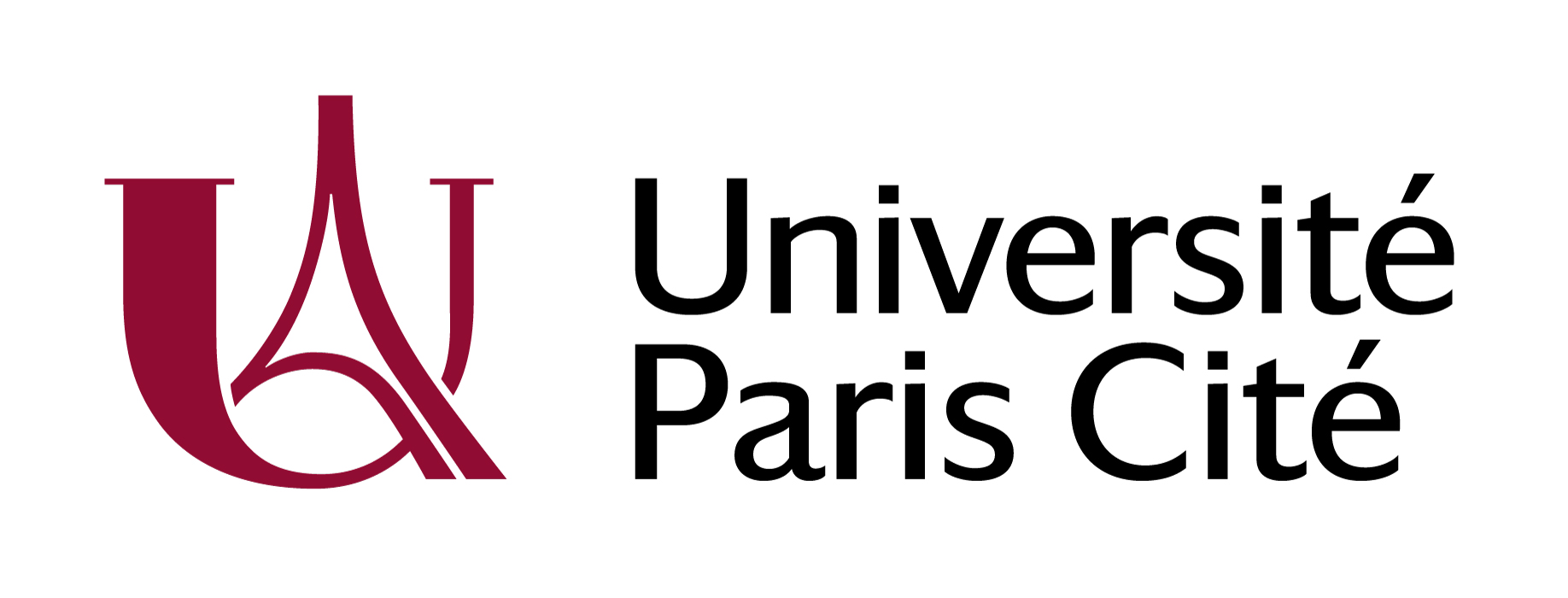L'Homme, ses incisives, son évolution et l'anatomie cranio-faciale au XVIe siècle
Résumé
Study of chin phylogeny leads to many hypothesis. We focused on the conformation of the chin area belonging to possible ancestors of modern Man, with projecting chin. Confrontation with not prominent mandibular symphysis fossil Hominids led us to teeth and their relation ship in occlusion study. The role of the incisors is very important. The very definition of this name "incisor" necessitate to go back to the XVIe century various anatomical descriptions of the teeth. The names given, then for Man, were preserved and used for animals and more recently for Man ancestors, which can lead to wrong interpretation. A new example of meeting between Paléoanthropology and Dental History.
L'étude de la phylogénie du menton débouche toujours sur des hypothèses. Nous avons recherché la conformation de la région mentonnière chez les ancêtres possibles de l'Homme anatomiquement moderne qui seul possèderait un menton saillant. La comparaison avec des Hominidés fossiles, chez lesquels la symphyse mandibulaire ne présente pas de proéminence, nous a conduits à étudier les dents et leurs rapports d'occlusion. Le rôle des incisives est très important et la recherche de la définition même de ce nom "incisive" nous a mené aux conceptions qu'en avaient les anatomistes du XVIe siècle et aux différentes descriptions des dents. Les noms donnés en français, alors pour l'Homme, ont été conservés et utilisés pour des animaux puis, plus récemment, pour les ancêtres de l'Homme, ce qui peut conduire à des erreurs d'interprétation. Un exemple supplémentaire de rencontre entre la Paléoanthropologie et l'Histoire de l'art dentaire.
| Origine | Accord explicite pour ce dépôt |
|---|
Loading...
